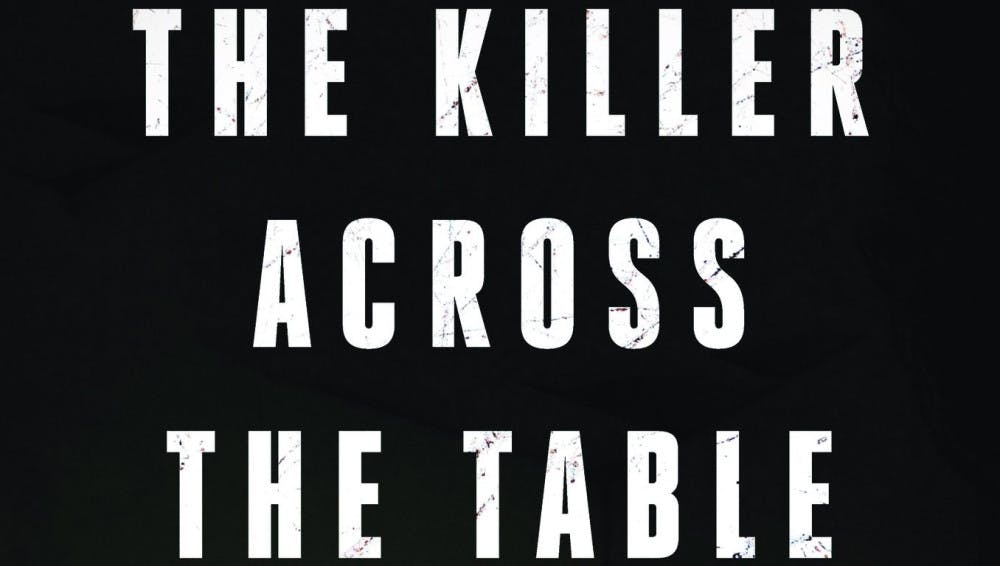John Douglas is a seasoned FBI agent, the father of criminal personality profiling and the inspiration for the film “Silence of the Lambs,” the TV series “Criminal Minds” and the Netflix series “Mindhunter.” He has met and spoken with hundreds of serial killers over the course of 50 years, including Ted Bundy, John Wayne Gacy and Charles Manson. In his new book, “The Killer Across the Table,” Douglas looks back on four interviews with less-infamous killers and reflects on his experiences and what the killers have taught him about his own work, along with how killers see the world.
The book is split into four sections, separated by the interviews themselves. The four killers featured are Joseph McGowan, who murdered a 7-year-old girl; Joseph Kondro, who was convicted for murdering an 8-year-old girl in 1985 and a 12-year-old girl in 1996; Donald Harvey, who was a medical orderly and nurse’s aide who pled guilty in 1987 to murdering 37 people, although he claimed to have killed far more, earning him the nickname the “Angel of Death”; and finally Todd Kohlhepp, who pleaded guilty to murdering seven people, as well as chaining a woman inside a shipping container for two months until she was rescued. Each of these killers committed terrible crimes, choosing different victims for different reasons, and through these interviews Douglas obtains new information about the field of criminal profiling.
Readers get an up close and personal look on how Douglas went about the interview process, how he put killers at ease and how he dealt with hearing horrific stories from the minds of these terrible people. Right off the bat we are shown a killer who killed a 7-year-old girl, and Douglas has to get to the bottom of why he killed her.
“The where + how = the why,” Douglas writes.
Little things like what side of the room the killer sat on, what he wore, how he spoke, are all important to getting a cagey killer to open up. Douglas talks about hypothetical serial killers with “he” pronouns, since men are more likely to commit murder.
Douglas reflects on his time just starting out at the FBI and pioneering the new field, reflecting on how he used to be able to get information. He was able to just walk into a prison, flash his badge and talk to almost anyone he wanted. Douglas goes on to talk about how the system has changed before his eyes, needing to go through person after person to possibly get an interview. The four killers that he talks about aren't well-known killers, but Douglas does relate a lot of cases to others and talks briefly about his encounters with other killers people may be more familiar with. The last killer, Kohlhepp, threw Douglas for a curveball and Douglas had to completely change his interview style with him. When thinking back on it, he says that Kohlhepp was extremely self-aware, just like Ed Kemper.
After years of this, the reader can’t help but think about how Douglas deals with all of these gruesome details and not feel afraid when talking to someone who has committed murder.
“I familiarize myself with every detail or their crimes and loathe what they did. At the same time, I may feel tremendous empathy and sorrow for what they went through in their young lives that contributed to their adult behavior,” Douglas said.
He goes on to write, “My focus is on understanding why people committed violent and predatory acts, not to help them become better, more law abiding citizens, but to aid in catching them, prosecuting them and putting them away.”
Anyone who loves true crime or psychology would love this book, but I honestly think it's a fascinating read for everyone.














